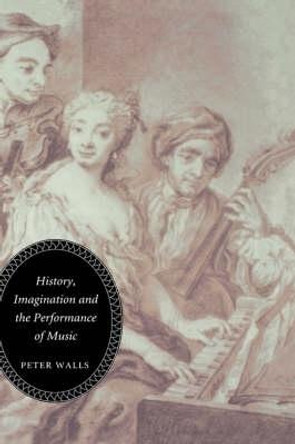Description
This work is an exposition of the traditions of Japanese blind singers who accompanied themselves on the biwa, and of the complex identity of Yamashika Yoshiyuki (1901-1996), a man widely portrayed as the last such "living relic" of the medieval bards called biwa hoshi. The author draws upon approaches from Japanese historical and literature studies, performance studies and ethnomusicology in an examination of history, which yielded on the one hand images of blind singers that still circulate in Japan, and on the other a particular tradition of musical story-telling and rites in regional Kyushu, of representations of Yamashika in diverse media, of his experience training for and making a living as a professional performer and rituals from the 1920s on, and of the oral compositional process in performances made between 1989 and 1992.
About the Author
Hugh de Ferranti is the author of many articles on the biwa traditions and has co-produced a collection of archive recordings of performances by Yamashika Yoshiyuki, with English and Japanese documentation (Rites and Tales with Biwa: Yamashika Yoshiyuki, Blind Musician of Kyushu; Japan Traditional Cultures Foundation 2007). He is currently Associate Professor in the Department of Music at the University of New England, Armidale, New South Wales, Australia.
Reviews
[T]his book gives an excellent ethnomusicological overview of these blind musicians, their situations, and the social, cultural, and historical contexts surrounding their work. Although de Ferranti mentions that the documents about them are scarce, he was able to gather enough detailed information to give, I believe, a pertinent idea of their life, particularly through the eyes of a unique musician
-- Bruno Deschenes * Monumenta Nipponica *Book Information
ISBN 9781933947433
Author Hugh de Ferranti
Format Paperback
Page Count 336
Imprint Cornell University East Asia Program
Publisher Cornell University Press
Weight(grams) 454g
Dimensions(mm) 229mm * 152mm * 22mm







